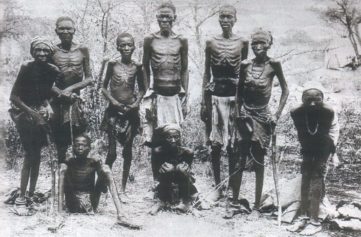Sparked by the arrival of major offshore cables, Africa is undergoing a mini-bandwidth boom.
Operators are laying metro and long-haul fiber networks across sub-Sarahan Africa, helping to make it one of the world’s fastest growing economic regions.
Until the arrival of the Seacom subsea cable in 2009, businesses and Internet cafes paid thousands of dollars a month for low-speed satellite connections.
Now multiple fiber systems deliver bandwidth directly from African landing stations to Europe, the Middle East or India. All but three African countries — Eritrea, Central African Republic and South Sudan – now have some kind of fiber connection to subsea systems, according to Analysys Mason.
“Before the submarine cables, there was no point in having high-capacity fiber networks. You would have a lot of data sloshing around,” said Robert Schumann, a principal at Analysys Mason in Johannesburg.
Now, he says almost every African country has a national information and communications technology backbone project, usually heavily sponsored by the government.
The most aggressive in taking advantage of this fire hose of offshore capacity is Harare-based Liquid Telecom. It has built out Africa’s largest long-haul fiber network — the Pan-Africa Network — comprising 17,000 kilometers of fiber across a dozen countries in southern and east Africa. The latest segment, the East African Fiber Ring, which came online in June, provides the first redundant link between Kenya, Uganda, Rwanda and Tanzania.
Liquid is a privately held firm part-owned by Strive Masiyiwa’s Econet Wireless. It began as a satellite operator, but now generates more than half of its revenue from wholesaling fiber capacity.
Read more lightreading.com



